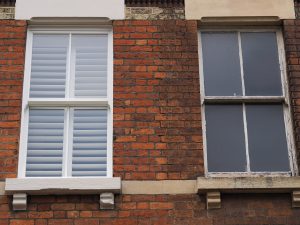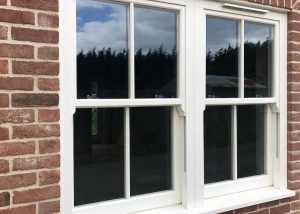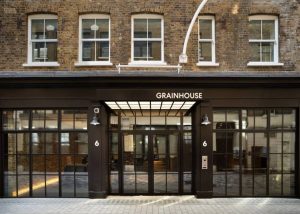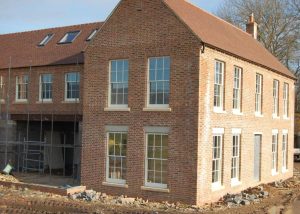Facts about Goole
General Info
In the 1820s the Aire and Calder Navigation company proposed development of a new canal to transport coal from the existing broad canal from Knottingley in the northern sector of the coalfield in 1826. Once it reached Goole the company proposed development of a new floating dock capable of handling larger sea-going vessels. Chief engineer Thomas Hamond Bartholomew was instructed to build the canal, docks and an associated company town to house both the dock workers and visiting seamen. Bartholomew commissioned civil engineer and builder Sir Edward Banks company to construct part of the canal and the eight transshipment docks and to lay out the associated new town to the west of the existing wooden bridge. The Banks Arms Hotel on Aire Street – today known as the Lowther Hotel – was in 1824 the first building constructed in what was known as New Goole; The Macintosh Arms public house on the same street took its name from engineer Hugh Macintosh.
When Goole port opened on 20 July 1826 it was a new community of about 450 people.Now it is a town with about 18,000 inhabitants.
History
Goole is first attested in 1306, as Gull Lewth (where lewth means ‘barn’, from Old Norse hlaða), and then 1362 as Gulle in Houke’ (referring to the nearby, and then more significant, village of Hook). The name is first attested in its shorter, modern form, from the 1530s. It comes from the Middle English word goule (or an Old English ancestor), meaning ‘a channel made by a stream’. The word has sometimes been taken to imply that Goole is named after an open sewer, but there is no strong basis for this. There were no sewers in the area in that etymological period but there were many land drains because of the flat terrain: c.f.: “gully”.
The Dutch civil engineer Cornelius Vermuyden diverted the River Don northwards to the River Ouse in 1626–1629 in order to drain the marshland of Hatfield Chase at the behest of King Charles I. It made the new lower Don – known as the Dutch River – navigable for barges so that coal from the South Yorkshire Coalfield could be transported to the new confluence for transfer to seagoing vessels. There the engineers built a new wooden bridge – rebuilt in iron in the 1890s and now known as the Dutch River Bridge – to the east of which a new village called ‘Goole’ formed.








